Each bears the manufactory’s mark.
Late Empire period.
Condition Report:
Excellent condition. No restorations observed. Some wear to the gilding, particularly on raised areas.
A piece of great aesthetic and historical interest. Typical of the period, it combines iconographies in service of an antiquity-inspired aesthetic. Notably, stars and polylobes have been chosen here, both symbols of fortune, in Egypt and Ancient Greece respectively.
The yellow ground present on these pieces can also be found in works by LOCRÉ, notably on a set consisting of eighteen hard-paste porcelain plates[1], four square bowls[2], two table sugar bowls[3], and two tiered serving dishes[4] from the Bloit collection, as well as on a cup and saucer[5], a water jug with its basin[6], a chocolate cup and saucer[7], and a vase with antique decoration[8], all preserved in the Adrien Dubouché Museum in Limoges. A similar yellow band appears on a dish held by the Victoria and Albert Museum[9].
THE LOCRÉ MANUFACTORY (1772–1824)
Founded by Jean-Baptiste LOCRÉ and also known as the La Courtille Manufactory, LOCRÉ became one of the leading producers of hard-paste porcelain during its era. Inspired by techniques developed in Meissen, the manufactory adapted these to French aesthetics, marked by refined elegance and attention to detail.
The creations of LOCRÉ are distinguished by delicate forms and hand-painted decorations, often enriched with neoclassical or rococo motifs. Relief garlands and gilded applications demonstrate exceptional technical mastery. These pieces, designed for an aristocratic clientele, seamlessly blend innovation and tradition, reflecting the Parisian taste of the time.
The most prestigious museums in the world include LOCRÉ porcelain in their collections. Among them are the Metropolitan Museum in New York, the Victoria and Albert Museum and the British Museum in London, the Musée des Arts Décoratifs in Paris, the Château de Versailles, the Musée Carnavalet, the Rijksmuseum in Amsterdam, and the Hermitage Museum in Saint Petersburg. A photograph by William Chaffers of a tea service from the South Kensington Museum is also held at the J. Paul Getty Museum in Los Angeles[10].
[1] Musée national Adrien Dubouché, Limoges – Plate with yellow ground, grisaille decoration of an antique landscape in a medallion, produced between 1797 and 1808, Bloit Collection. Inv. ADL10991-1 to -18.
[2] Musée national Adrien Dubouché, Limoges – Square bowl with yellow ground, grisaille decoration of an antique landscape in a medallion, produced between 1797 and 1808, Bloit Collection. Inv. ADL11065-A to -D.
[3] Musée national Adrien Dubouché, Limoges – Two table sugar bowls, produced between 1797 and 1808, Bloit Collection. Inv. ADL11135-A and -B.
[4] Musée national Adrien Dubouché, Limoges – Two tiered serving dishes, produced between 1797 and 1808, Bloit Collection. Inv. ADL11066-A and -B.
[5] Musée national Adrien Dubouché, Limoges – Cylindrical cup and saucer, LOCRÉ-Russinger manufactory (1772–c.1824). Inv. ADL2264.
[6] Musée national Adrien Dubouché, Limoges – Water jug and basin: polychrome landscapes and floral garlands on yellow and red ground, LOCRÉ-Russinger manufactory (1772–c.1824). Inv. ADL10968.
[7] Musée national Adrien Dubouché, Limoges – Chocolate cup and saucer: medallions of flowers and fruits, LOCRÉ-Russinger manufactory (1772–c.1824). Inv. ADL11146.
[8] Musée national Adrien Dubouché, Limoges – Vase with yellow ground: decoration of antique figures in grisaille, produced between 1797 and 1808, Bloit Collection. Inv. ADL11221.
[9] Victoria & Albert Museum, London – Dessert dish, LOCRÉ-Russinger manufactory, c.1800–1824. Inv. C.250-1987.
[10] J. Paul Getty Museum, Los Angeles – Tea Service, printed in black ink: "PARIS. / 294. DE LA COURTILLE TEA SERVICE. / South Kensington Museum, William Chaffers (English, 1811–1892), 1871.




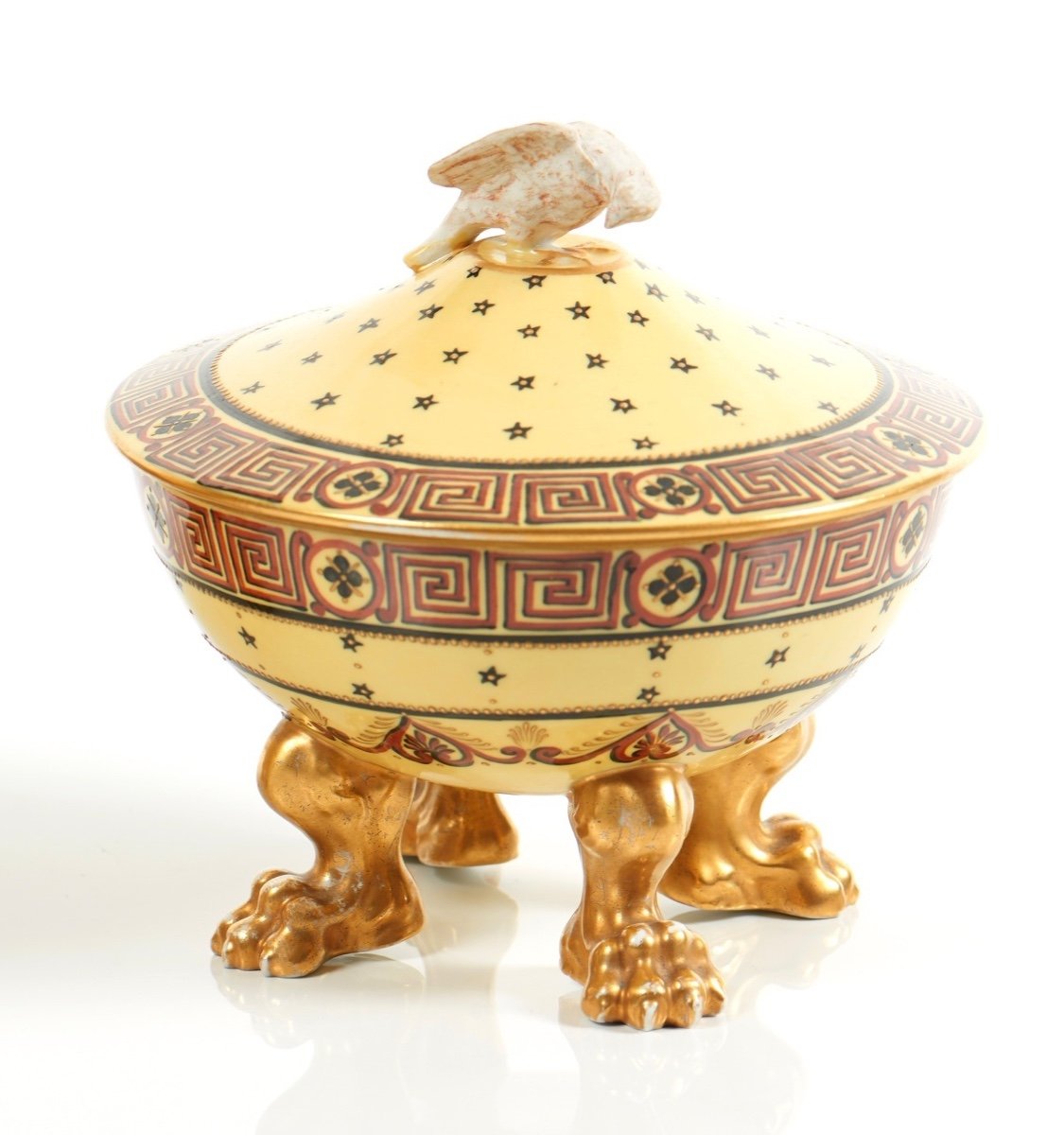

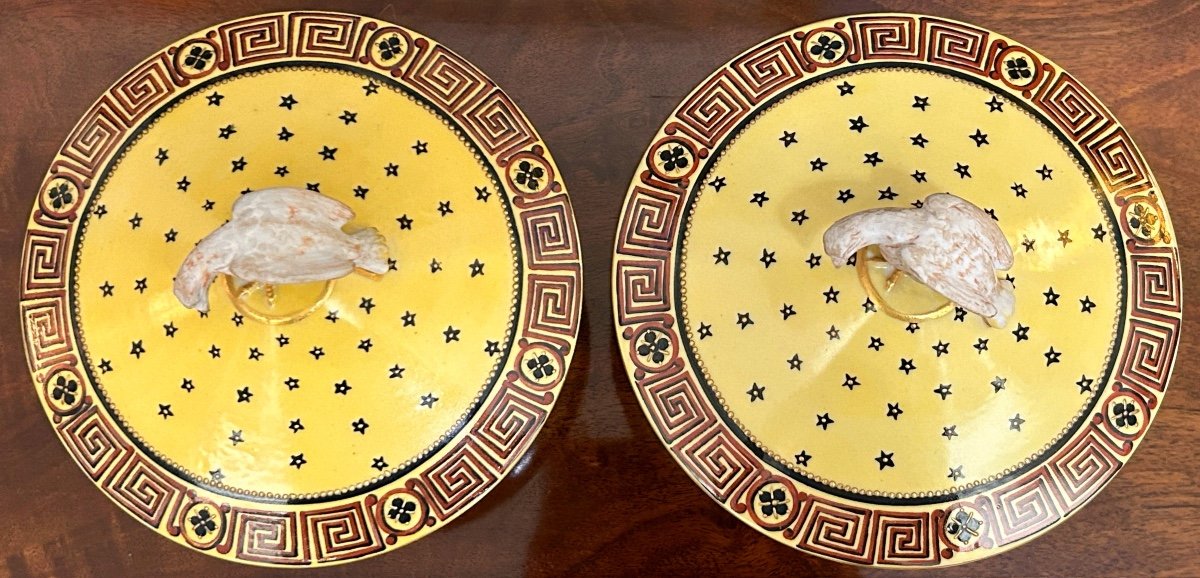
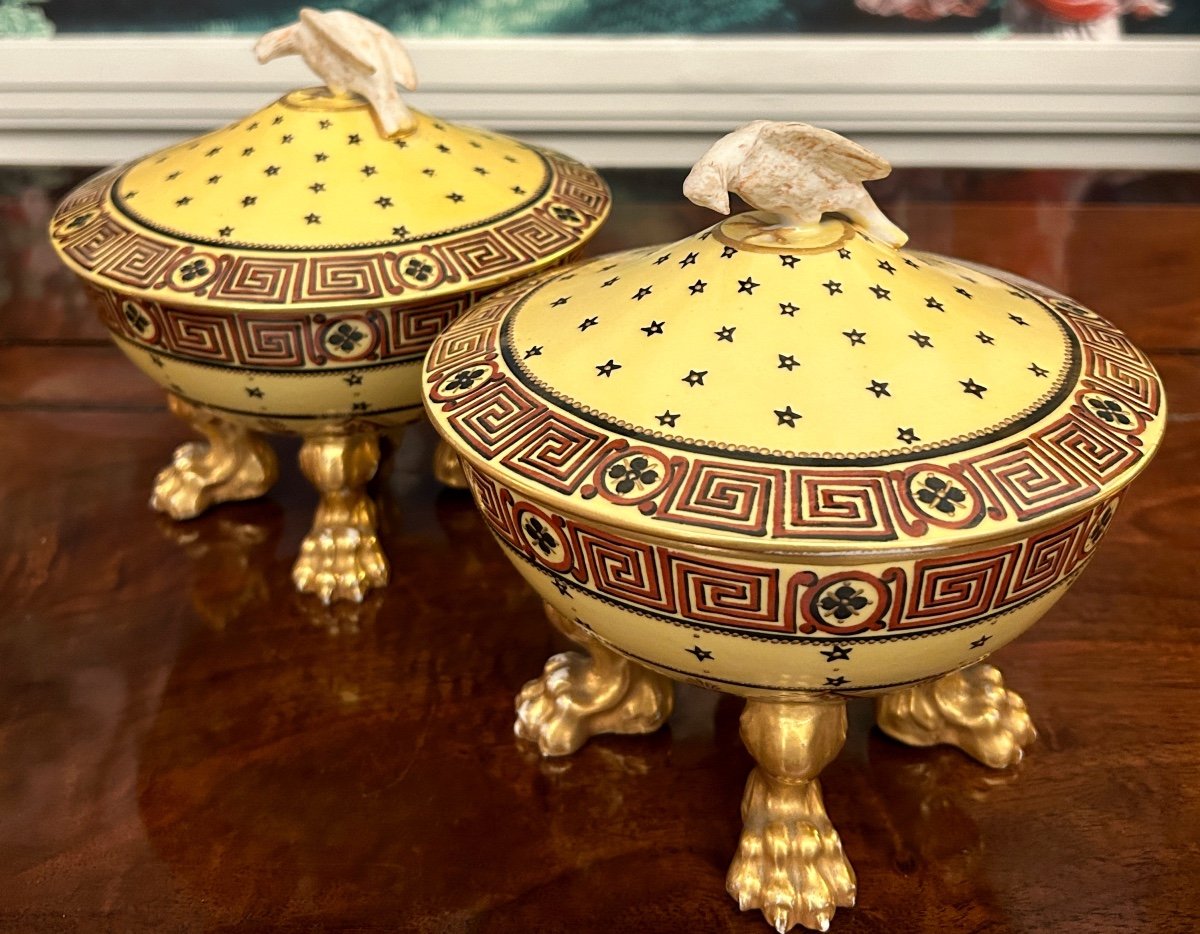
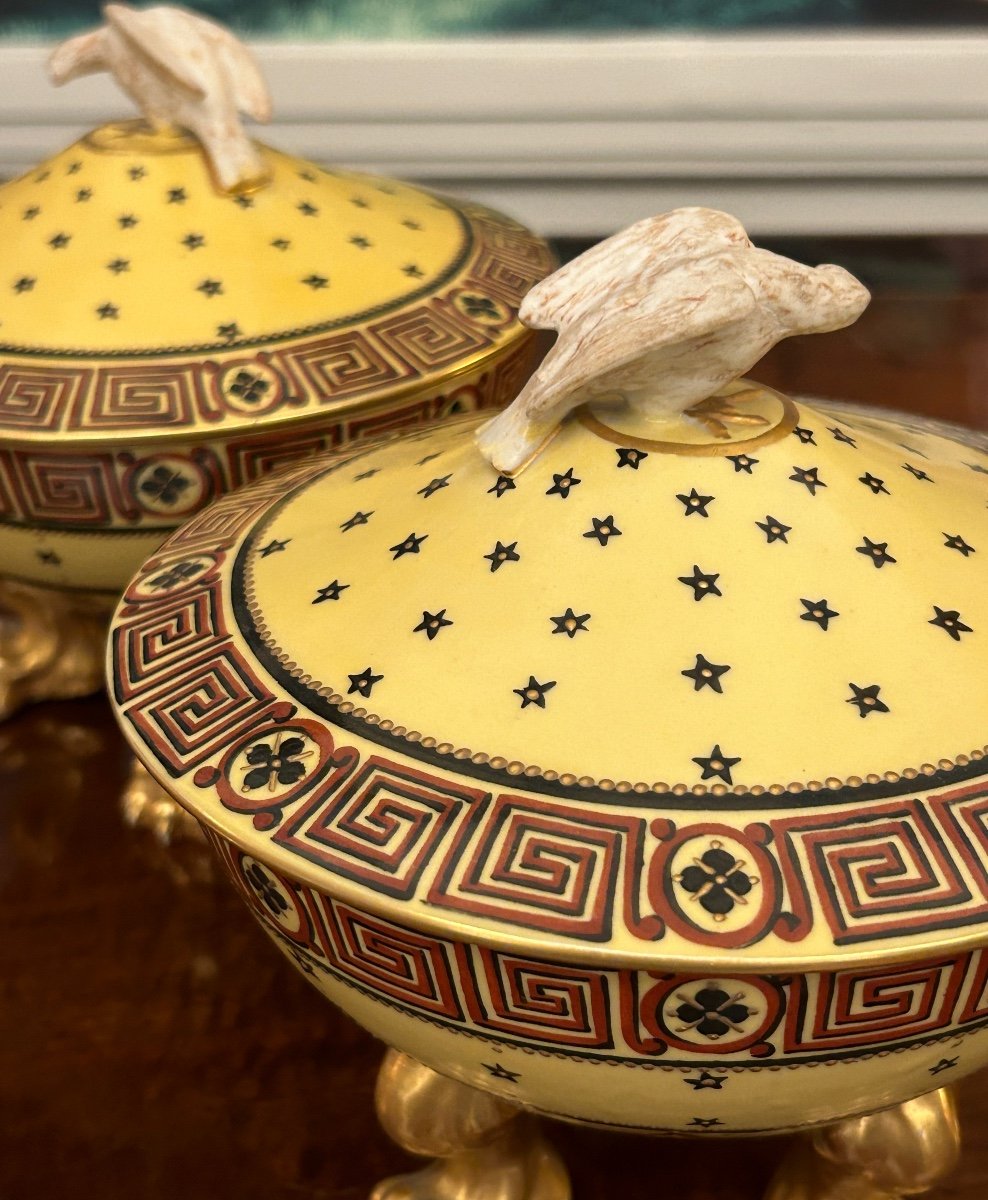




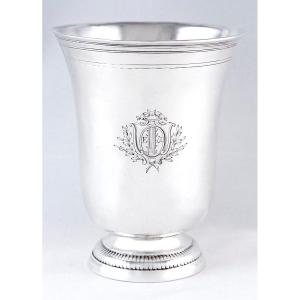
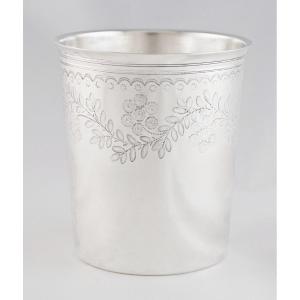




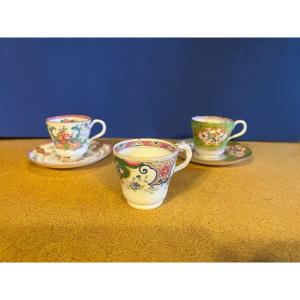

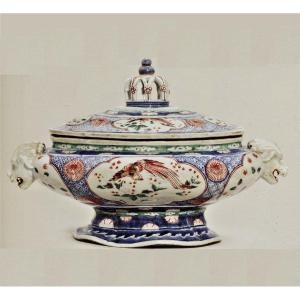





 Le Magazine de PROANTIC
Le Magazine de PROANTIC TRÉSORS Magazine
TRÉSORS Magazine Rivista Artiquariato
Rivista Artiquariato
